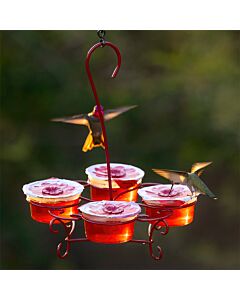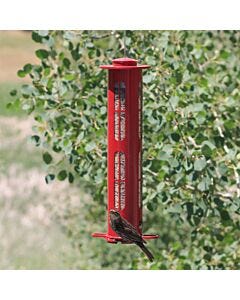CITIZEN SCIENCE
Wild Birds 101 »
Birding on a Mission: Three Projects for Citizen Scientists
While outdoorspeople have enjoyed a variety of hobbies for the sheer pleasure of them, few outside pastimes have the potential value to scientific research as birding does. For those who know about citizen science, birding is more than just a passion—it’s a step towards a greater understanding of environmental developments, a better awareness of bird populations and behaviors, and much more.
Despite the heady purposes of this research, the footwork is hardly more than what birdwatchers do for pleasure. Here are three programs that are blazing new scientific ground with the help of citizen scientists. Through these, birders from around the world can contribute to one of the world’s biggest research communities.
Project FeederWatch
A joint project between The Cornell Lab and Bird Studies Canada that began in Canada during the 1970s, Project FeederWatch is a survey that takes place every winter in North America. As the name suggests, individuals who join the program simply watch their bird feeders from November through the beginning of April and record their sightings. Birders of any skill level can participate, and as infrequently as they please provided that they record over two consecutive days when they submit their sightings.
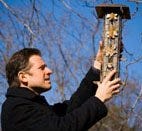
An important caveat about this program is that birders are only meant to count birds that appear specifically for something they provided, such as seed feeders, plantings, and waterers. This makes FeederWatch an ideal annual tradition for birders who enjoy their watching from home.
To join up, participants simply need to apply on the FeederWatch site and receive the research kit that they provide. There is a participation fee of $15, which covers the kit and information that participants receive. In addition, FeederWatchers are automatically subscribed to the Lab of Ornithology’s news publication. With over 20,000 participants in 2013, this program is making a huge impact in the birding world.
Nest Watch
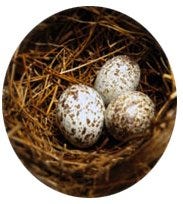
Another site on Cornell’s Citizen Scientist Network, NestWatch, enables participants to locate and monitor nests throughout the year. This program is a favorite among more dedicated birding hobbyists, as it educates participants on how to locate bird nests and requires a more regular observation schedule. While NestWatch is usually preferred for birders who prefer to venture outside to find nests, stay-at-home birders can still enjoy participation in this program by creating a nest box. Since this program involves looking for nests in particular, the way participants help differs hugely from FeederWatch.
Instead of merely counting birds to discover population trends, watchers are meant to record metrics that help researchers understand birds’ reproductive biology such as:
-
When nesting takes place
-
How many eggs are laid and hatched
-
The number of hatchlings who survive
NestWatch is a perfect option for those who want to engage in research year-round as opposed to short-term annual projects. And instead of merely counting birds, the observations that birders take in this project provide a greater insight into their behaviors. For birders who want to step up their dedication, NestWatch is an educational and engaging program.
Great Backyard Bird Count
With the support of Cornell and Audubon, the Great Backyard Bird Count lives up to its name as one of the biggest annual events for birders in the world. Although only a relatively brief 4-day event in February, this program allows participants from around the world to count birds and submit their findings to create a snapshot of birdlife. While enthusiasts are encouraged to record as much as they can, simply taking fifteen minutes on one day to record and submit can make a difference for researchers.
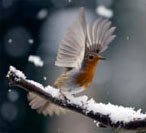
In addition to recording checklists of birds that have been positively identified and tallied, the GBBC is also a unique opportunity for photographers. Participants can enter a photo contest, in which photography is judged according to the artistry and technical skill of each shot. This includes categories such as composition, most interesting behavior, group shots, and habitats. Winners are eligible for prizes and exposure on their website.
Given that this event can take place anywhere in the world, the GBBC is a favorite among birders with a passion for camping and family outings. And although the event only takes place once a year, more avid birdwatchers can still continue to record and submit their checklists on Cornell’s eBird site anytime they get the notion to watch.
There are a lot of ways that birders can participate in the scientific community. These are the 3 largest projects, but there are many more out there, hosted by specific chapters of Audubon, local wildlife refuge centers, and university ornithology programs.
Perkypet.com is the top destination to find quality Wild Bird Feeders and Accessories. Perky-Pet® and K-Feeders wild bird products are trusted brands to bird lovers everywhere. Interact with nature, relax and build memories that last a lifetime by conveniently ordering from perkypet.com. Happy Bird Feeding!







